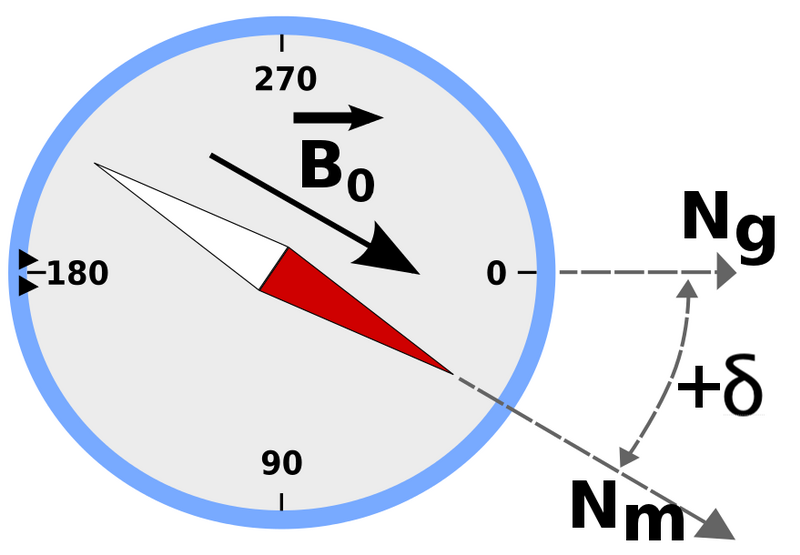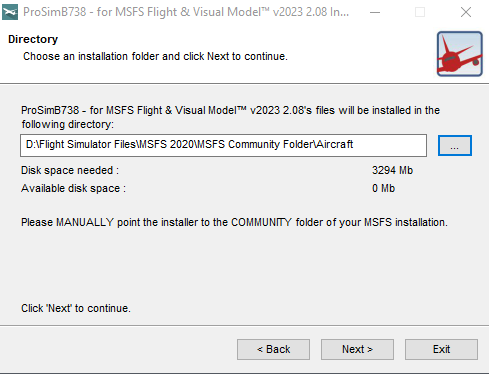Commercial Rotary-String Potentiometer Review
/CALTSensoR string potentiometer. The brass protruding piece is the end of the string, while the small clip is used to attach the string (when extended) to the aileron control beneath the platform
Recently, whilst on a final approach I heard a ‘twang’ followed by loss of aileron control. I knew immediately what had happened; the stainless steel string from the string potentiometer had snapped and the wire had retracted into the mechanism.
Although the potentiometer was serviceable, I was keen to not have the problem occur again. Therefore, rather than rebuild the retractable mechanism, I decided to trial a commercial string potentiometer.
My Simulator
Three types of potentiometers have been used in the simulator: linear, rotary and rotary-string.
A linear potentiometer is used to connect the speedbrake handle and tiller, a rotary potentiometer the rudder mechanism, and a rotary-string potentiometer the ailerons and elevator, throttle thrust levers and flaps.
The rotary potentiometers used for the ailerons and elevator are manufactured by Bourns and mate with a bespoke retractable wire mechanism (see link below to learn how the string mechanism was fabricated).
CALTSensoR string potentiometer attached to the frame of the simulator platform. Although unseen in the picture, the retractable string extends approximately three quarters of a meter to the second pylon. The bracket is made from a piece of steel roofing angle
Commercial Grade String Potentiometer
The potentiometer manufactured by CALTSensoR is a robust unit made from aluminium and stainless steel. It has a 500 mm stainless steel string that retracts under tension, is dust and water resistant, and can be attached to a bespoke bracket by two small hex nuts.
The potentiometer does not come with a bracket, and unless the unit is going to be attached directly to something solid, a bracket will need to be fabricated. In my case, I used a piece of steel roofing angle (KIS).
The potentiometer has an output between 0-10k ohms and the voltage required for operation is supplied by connection with a Leo Bodnar BUO836A joystick card. The potentiometer is connected to the interface card by three wires that terminate in a JR connector. The JR connector pushes onto the three-pronged male connector of the Leo Bodnar joystick card.
Once connected, the potentiometer must first be registered and initially calibrated in Windows. Final calibration occurs using either ProSim737 or FSUIPC.
Operation
The most obvious difference, apart from build quality, between this potentiometer and those that I was using is that the string moves very smoothly; there isn’t any binding or changes in the tension as the string moves in and out of the housing. The smooth movement and constant tension of the string highlights the quality of the mechanism that is used in the unit.; this is what you are paying for.
Is It Worth The Expense
In a nutshell I would say yes! The movement of the ailerons is far smoother than what it was. The smallest movement of the yoke records a slight movement of the string that translates to movement of the aileron.
I am loath to mention a figure as this is not easily measurable, however, if pressed I would guess that the new potentiometer is approximately ~15-20% improvement on the previously used string potentiometer.
Supply
CALTSensoR (a Chinese company) are not the only company that manufactures string potentiometers. UniMeasure in the US also manufacture good potentiometers which, when looking at the specifications, are of a higher quality than the CALTSensoR potentiometer. But, with higher quality you must pay a higher price. At the end of the day, the simulator is not a precision-grade piece of medical equipment.
If I was comparing the CALTSensoR to, as an example the UniMeasure JX or LX series, I would definitely say the later is the more reliable unit with line pulls rated from 250,000 to 2 million throws.
This said, the price I paid for the CALTSensoR potentiometer was inexpensive (so it was worth trialling the unit). When my currently family of potentiometers fail, I will probably look towards UniMeasure to replace them.
What Potentiometer To Use
As discussed earlier, there are three main types of potentiometers: linear, rotary and rotary-string. To some individuals, it may seem obvious to always use a rotary-string potentiometer – after all they are the most accurate and offer variable direction line pull. However, it’s best to not ignore the other types of potentiometers as each has a purpose.
A linear potentiometer, although rudimentary and inexpensive in design, is ideal to use when the dorection of movement is only in a forward or backwards direction, and when high-end accuracy is not overly important.
A major downside to a linear potentiometer is that dust can erode the carbon track, thereby causing inaccuracies in movement. Over time, a linear potentiometer can be difficult to calibrate accurately (due to the carbon track eroding). Therefore, linear potentiometers should only be used in dust free locations (such as inside a throttle unit). To counter against dust build-up a plastic cover can easily be fabricated and mounted over the potentiometer (Chinese takeaway food containers). The speedbrake lever is a good candidate in which to use a linear potentiometer.
A rotary potentiometer is essentially an enclosed unit (think of a flat linear potentiometer rolled up like a ball and encased in a housing). Rotary potentiometers by their design are encapsulated, therefore they are dust and debris free. They also enable calibration to a greater degree of accuracy.
Although a rotary potentiometer can be used for the main flight controls (ailerons, elevator and rudder) the potentiometer must be mounted directly beneath the control mechanism, which can be difficult. Rotary potentiometers are an excellent choice for knobs that turn clock and counter clockwise.
A rotary-string potentiometer is the easiest to use (and the most accurate), as the unit can be mounted more or less anywhere provided the string has unencumbered movement. A major benefit of the rotary-string is that the line-pull on the string does not have to be direct; the line-pull can be at a maximum angle of +-45 degrees. This allows the potentiometer to be mounted in a an offset location and then connected to a device in a confined space.
A rotary-string potentiometer is ideal to connect to the major flight controls as the potentiometer can be mounted in an offset location and the string securely connected to the moveable part of the control mechanism. Another use for this type of potentiometer is to calibrate the two thrust levers in the throttle quadrant and the flaps; the confined space in the throttle quadrant makes it difficult to use any other type of potentiometer.
Important Points:
The only difference between a rotary and a rotary-string potentiometer is the use of a string and retainer on the later.
The above recommendations may differ in your set-up. I am using OEM control columns, yokes and throttle quadrant (real aircraft parts).
Fabricated plastic box used to house the Leo Bodnar BUO836A joystick card. The box protects the card and wire connections from physical damage as well as offering partial dust protection
Keeping Things Tidy
Although not necessary, I have used a small plastic box to house the Leo Bodnar card that connects with the potentiometer. I dislike having various interface cards open to the elements (physical damage and dust). All interface cards are mounted within the various interface modules or, as in this case, in a protective case beneath the platform.
Further information relating to string potentiometers can be found here:
Soar-By-Wire also has an interesting article relating to the CALTSensorR potentiometer: Rudder String Potentiometer.
The unit used is a CALTSensoR potentiometer model number: CWP-S500R.
Final Call
Commercial-grade rotary-string potentiometers are not inexpensive, but they are the holy grail and no other potentiometer can match their accuracy or silky-smooth movement, except for the possible exception of a higher-end medical grade rotary-string potentiometer (for those who have deep pockets)
Update (January 2025)
I am no longer using this potentiometer. My intention was only to trial the CALTSensoR potentiometer, until replacing all the potentiometers responsible for the main flight controls with UniMeasure LX-PA string potentiometers. A review of the UniMeasure LX-PA string potentiometer will be published in the near future.
Below: CalTSensoR potentiometer gallery


















































